
Fabriek Prijs Ziekenhuis Zorg Terug Lijm Hygiëne Disposable Chirurgische Bed Onderleggers Ademend Moederschap Pads

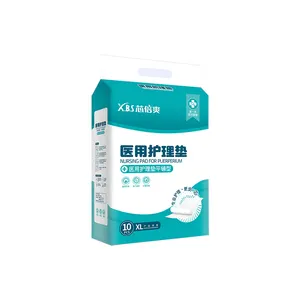
Draagbare Ziekenhuis Medische Wegwerp Volwassen Underpad Ademende Wegwerp Underpads Voor Volwassenen

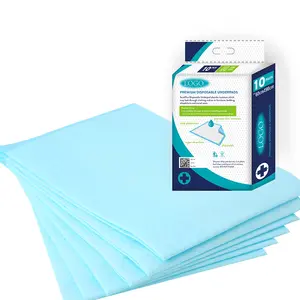
Groothandel Ce Msds Blauw Gezondheidszorg Oem Super Absorberende 60X90 Volwassen Medische Ziekenhuis Onder Pad Wegwerp Onderleggers


Versterkte Gown Disposable Chirurgische Steriele Gown Artsen Chirurgische Toga Medische Leveranciers Hibei Haixin Gezondheid Ce EN13795





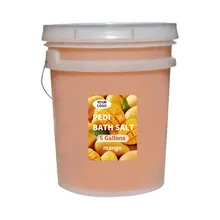

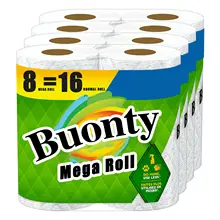




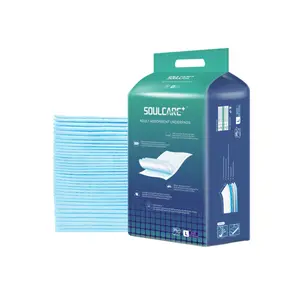



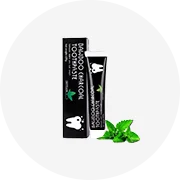




















 浙公网安备 33010002000092号
浙公网安备 33010002000092号 浙B2-20120091-4
浙B2-20120091-4